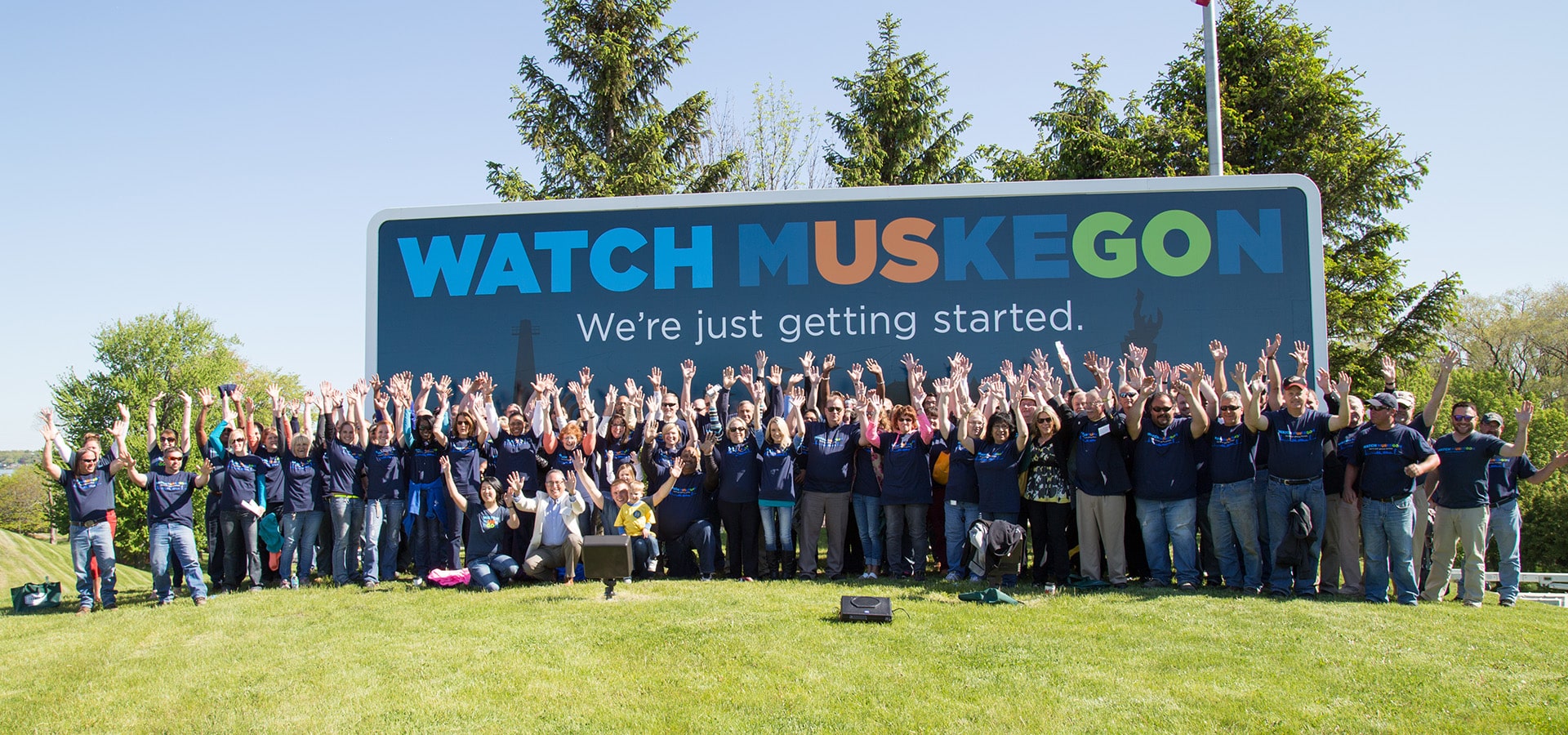What came first, the chicken or the egg? Why did the chicken cross the road? And why do burning questions like these seem to always involve chickens? Unfortunately, the answers to these classics remain controversial, but one classic question we often hear has a very definite answer (and absolutely nothing to do with chickens – promise!)
What’s the difference between a strategy and a tactic?
Though these two terms are often used, and thought of, interchangeably, they are two very different things, both serving in their own rights as key elements to a successful marketing plan. That’s important! You can’t have one without the other. A strategy with no tactics is simply a direction with no way to get to there. Tactics with no strategy can lead your business down the wrong road and away from your goals.
To be clear, the easiest way to differentiate a strategy from a tactic is to remember this: A strategy is a plan to achieve a goal. The tactic is how you execute that plan.
In other words, strategy is “where do we want to go (goal) and how do we get there (plan)?” while tactics are “What do we do to arrive at our destination?”
Goal: Meet the rooster for dinner
Strategy: Get to the restaurant across the road
Tactics: Fly, Run, Hop, Waddle, etc.
As evident here, and unlike the chicken and the egg, there is a clear order in which these things need to happen: strategy always comes before tactics. Strategy sets the course, defining the direction for business growth relative to your competitors and your goals. It’s the long-term vision that your tactics will then support.
But let’s back up a bit. Since it’s the basis of your marketing plan, it’s essential you build a strong strategy in order for it to succeed. To do this, you must have a thorough understanding of not only what you want to achieve, but also who your audience is, where they come from and how they behave. Most importantly, what are their pain points and how you can solve them? A good strategy must define your customers so that tactics can be created that will best communicate with them. You must first do your homework. Only then can you set goals that make sense for you to develop your strategy around.
Then, and only then, come the tactics. What kinds of things can you do to support the strategy and reach the goal?
Of course, just to make things interesting, you also have to keep in mind how you’re going to get there before that other young chick-a-dee beats you to it (we’re talking about the competition). Remember, others may have similar strategies and goals. The trick is to come up with tactics that aren’t always so predictable and that allow you to differentiate yourself from your competitors.
To Recap:
Strategy defines the direction you take to move toward your objectives.
Tactics are the actions you take to actually achieve those objectives.
Strategy must come first (but only after you do your homework)
And remember…
Performing tactics with no strategy is like rowing a boat without knowing which way to shore. Having a strategy without tactics is like knowing where you want to go but being stuck in quicksand. Neither situation is one you want to be in, right?
Hopefully that clears things up a bit for you, but if you’re still confused, not to worry. At Revel, we love developing strategically sound manufacturing marketing plans that include tactics designed to meet your unique goals and help you grow. In fact, we’d be happy to meet with you to discuss it further. Let’s say at the place across the road, perhaps?











